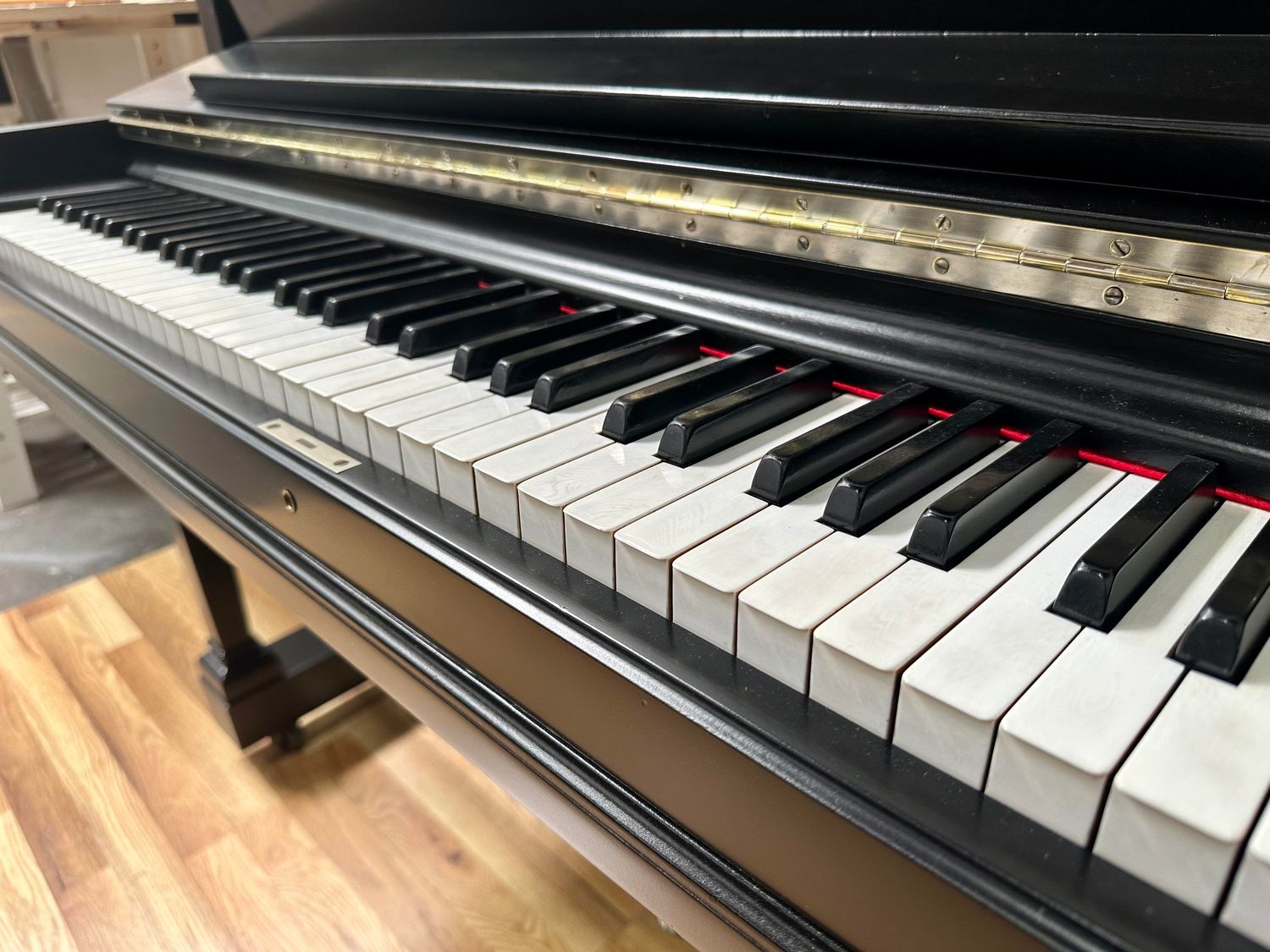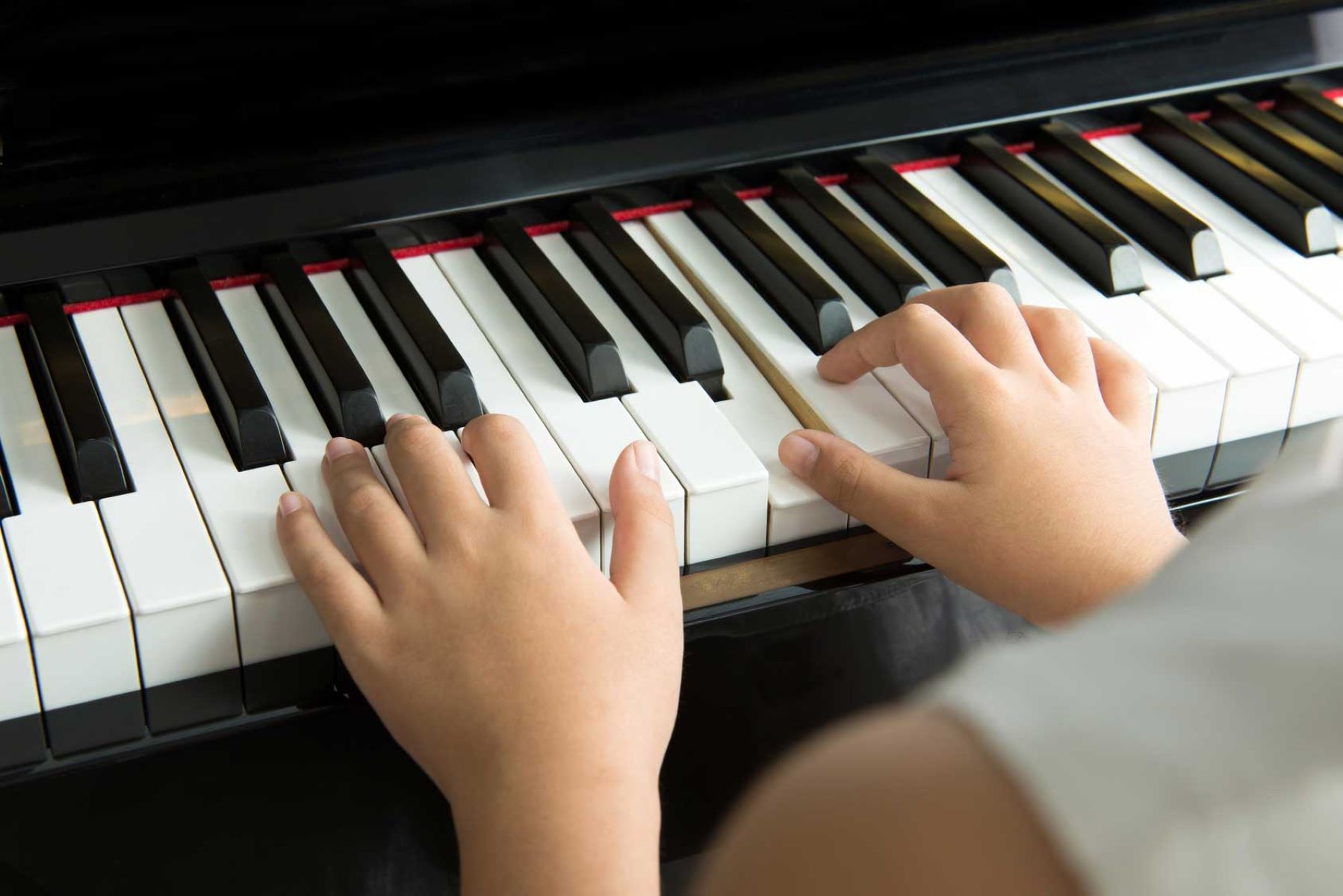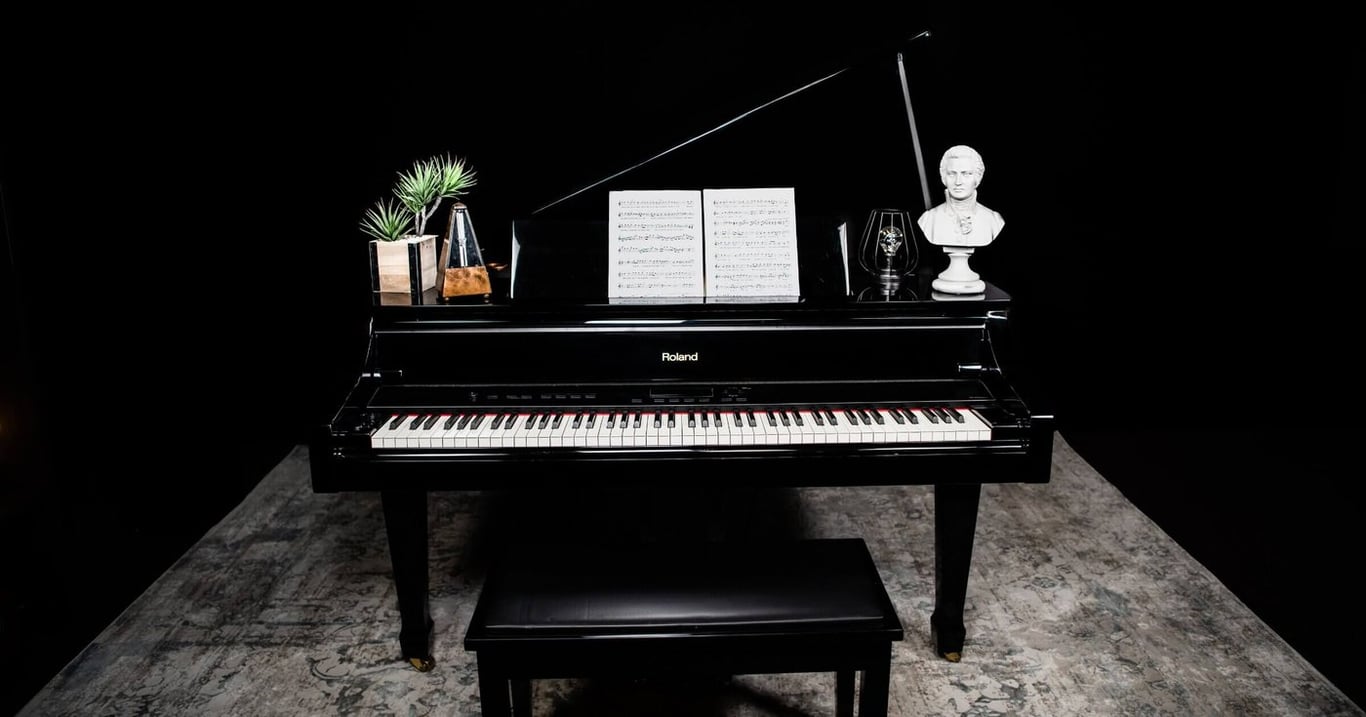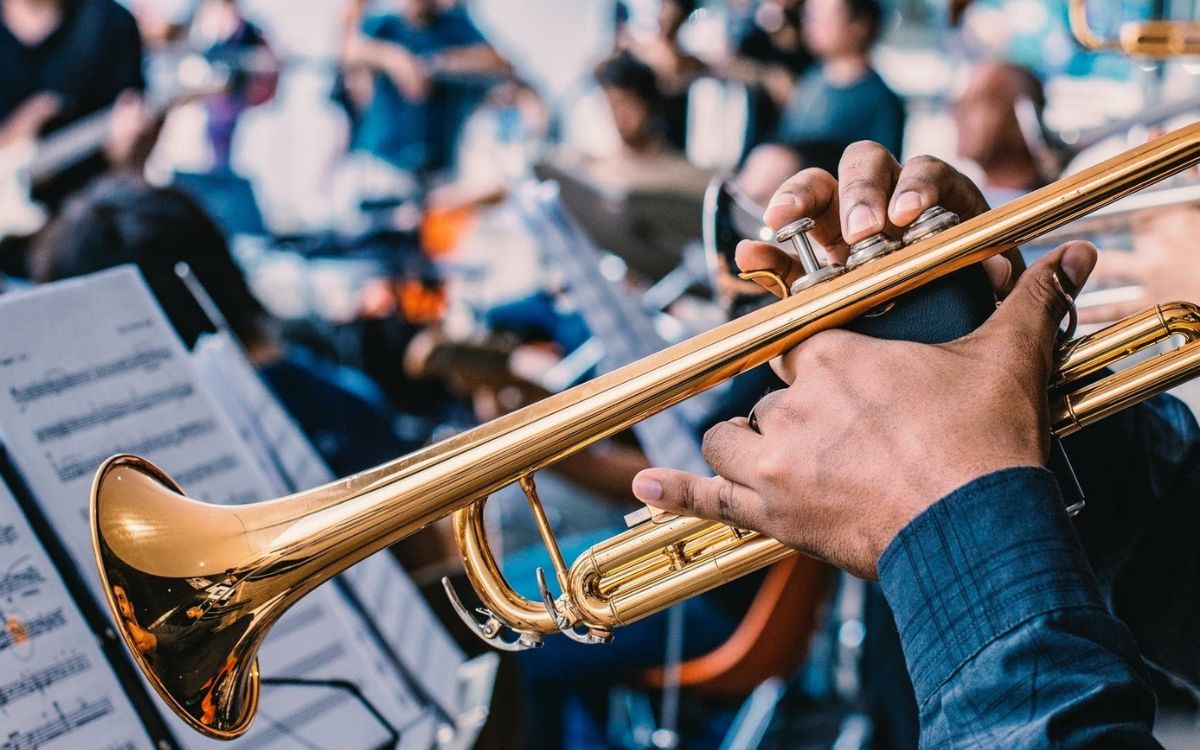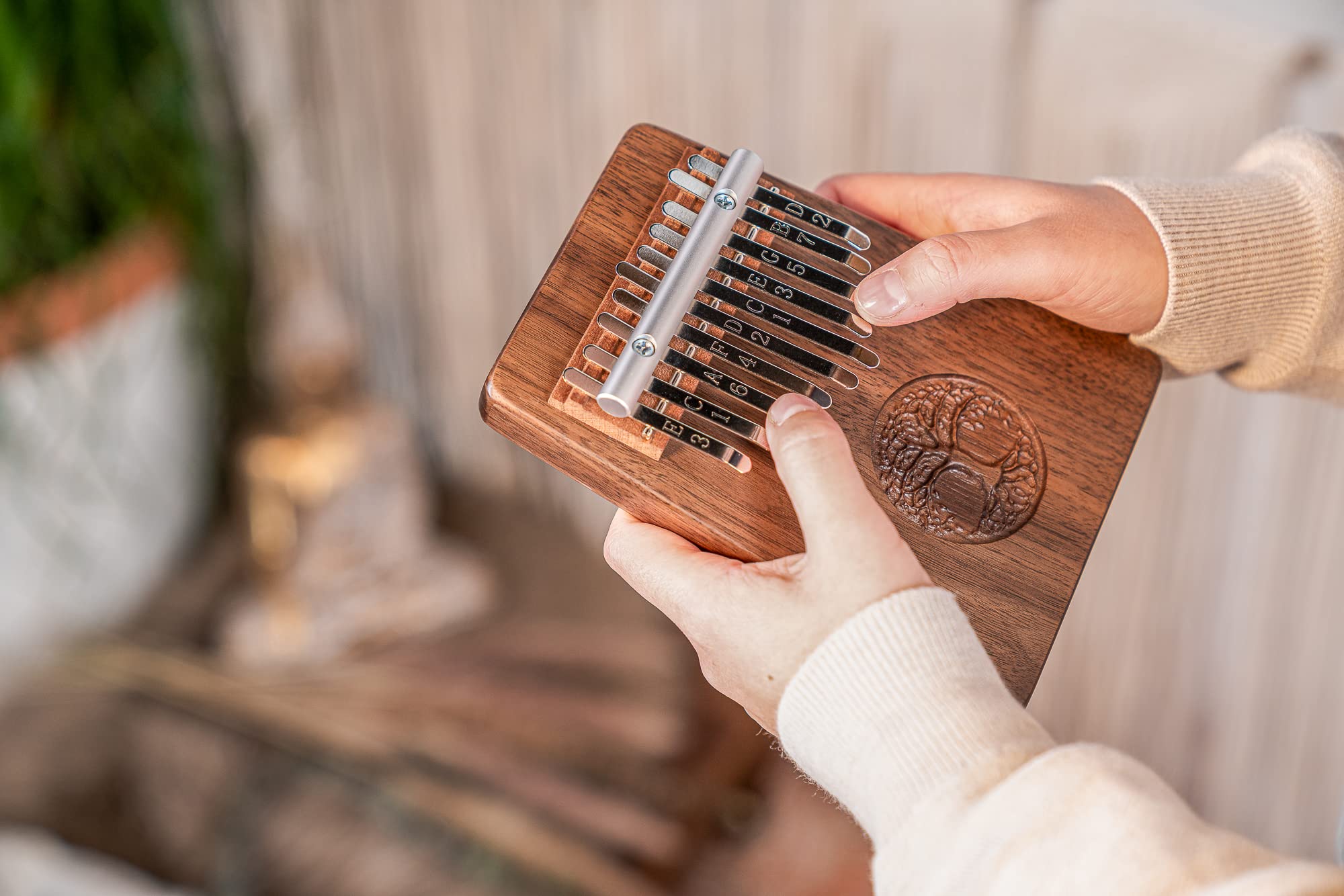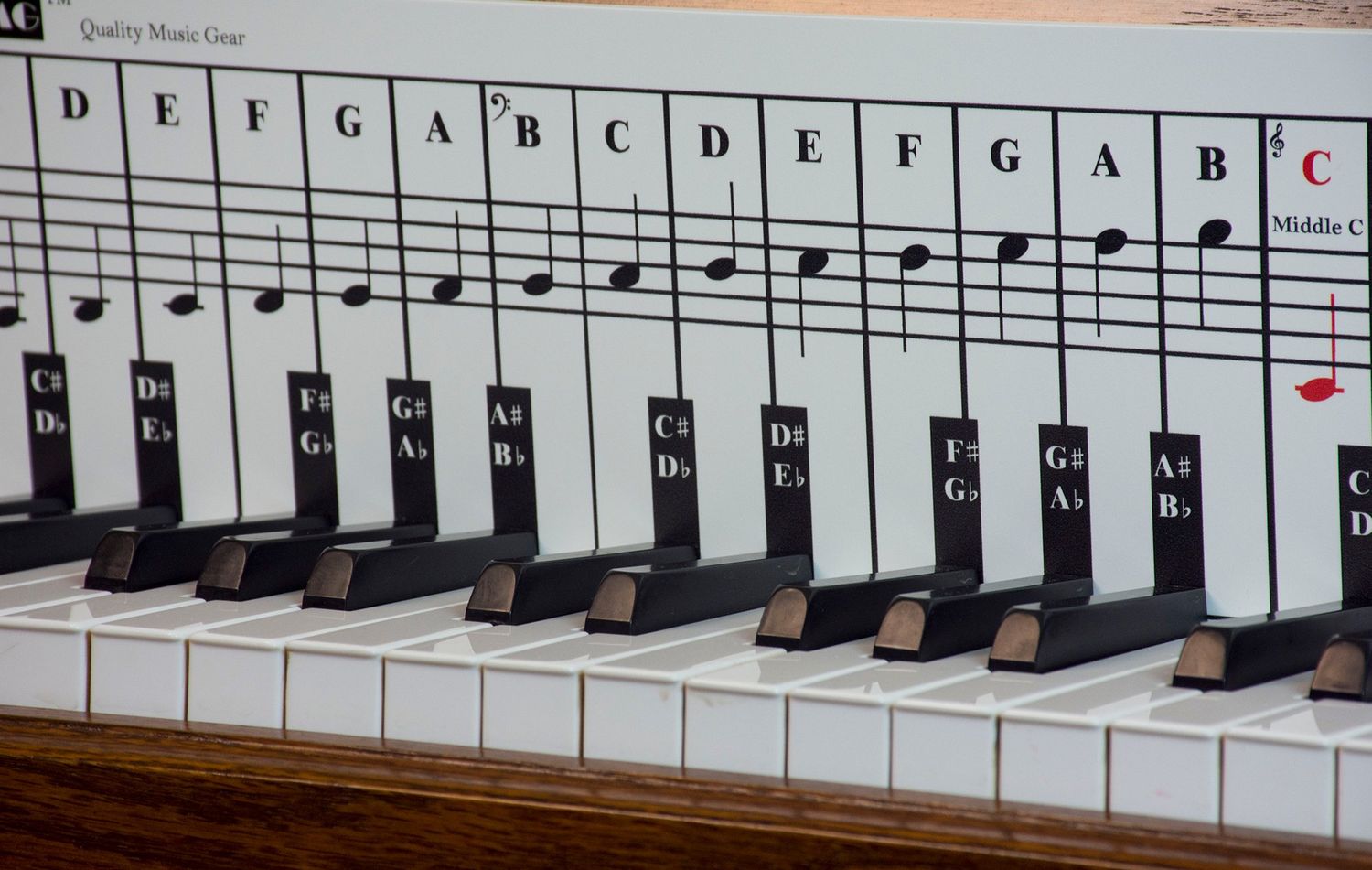Home>Instruments>Piano>How To Sing And Play Piano At The Same Time
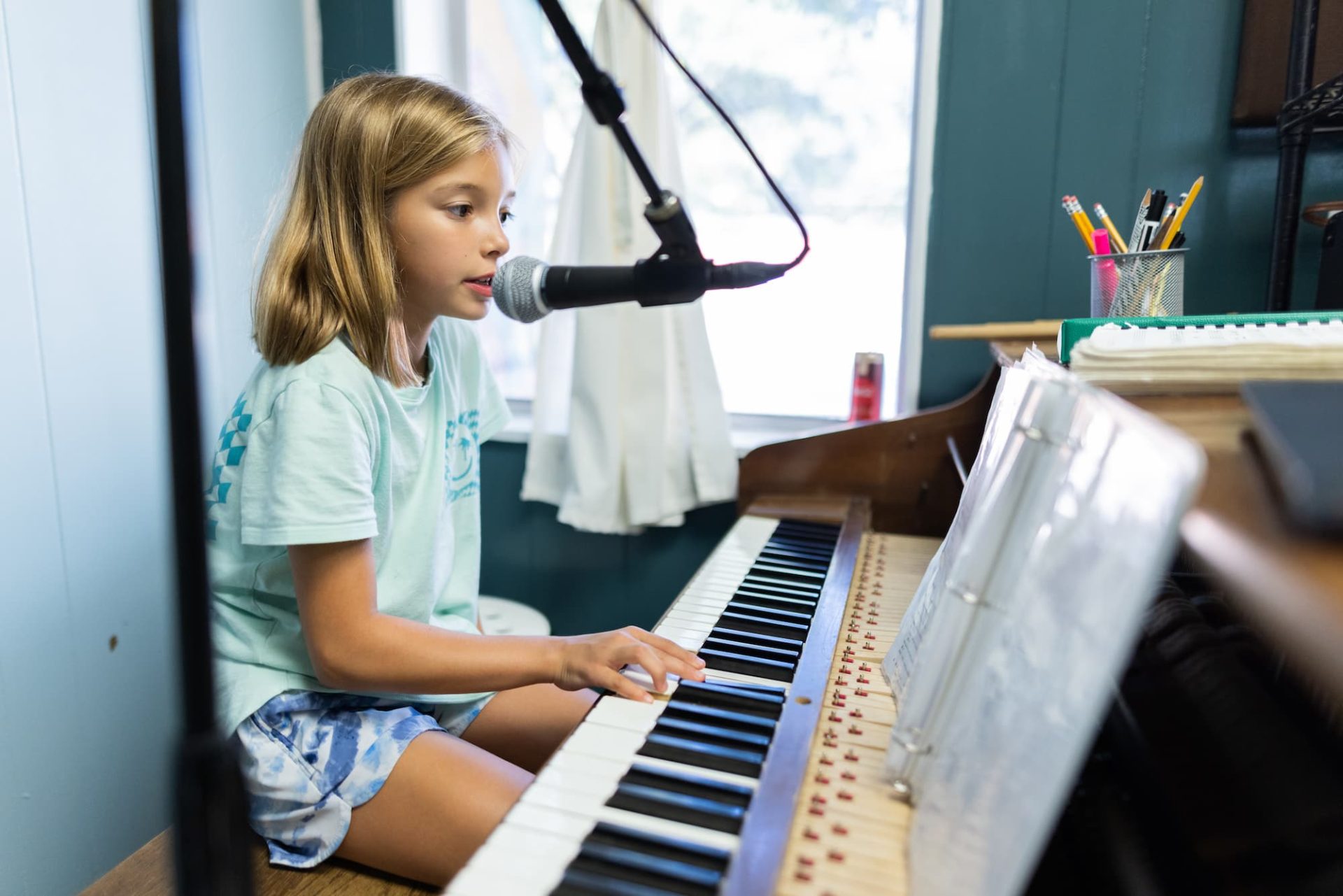

Piano
How To Sing And Play Piano At The Same Time
Published: February 10, 2024
Learn how to master the art of singing and playing piano simultaneously with expert tips and techniques. Enhance your piano skills and vocal performance today!
(Many of the links in this article redirect to a specific reviewed product. Your purchase of these products through affiliate links helps to generate commission for AudioLover.com, at no extra cost. Learn more)
Table of Contents
Introduction
Playing the piano is a delightful and fulfilling experience, but have you ever considered adding your voice to the mix? Singing while playing the piano can elevate your musical performance to new heights, creating a captivating and immersive experience for both you and your audience. This harmonious fusion of instrumental and vocal expression allows you to convey emotion and tell a story in a truly unique way. Whether you're a seasoned pianist or just starting out, learning how to sing and play the piano simultaneously can open up a world of creative possibilities.
The combination of piano playing and singing offers a dynamic and versatile approach to music-making. It allows you to accompany yourself as a solo performer, adding a personal touch to your musical renditions. Moreover, the ability to sing and play the piano simultaneously can enhance your overall musicianship, as it requires coordination, multitasking, and a deep understanding of both melody and harmony.
In this comprehensive guide, we will explore the art of singing and playing the piano at the same time. From the benefits of this dual skill to practical steps, tips for practice, and overcoming common challenges, you will gain valuable insights into mastering this impressive musical feat. Whether you aspire to perform on stage, entertain friends and family, or simply enjoy the enriching experience of making music, the ability to sing and play the piano simultaneously is a valuable skill worth developing. So, let's embark on this musical journey together and unlock the full potential of your musical expression.
Benefits of Singing and Playing Piano Simultaneously
Combining singing with piano playing offers a myriad of benefits that extend beyond the joy of creating music. Here are some compelling reasons to explore this dual skill:
- Enhanced Musical Expression: Singing while playing the piano allows you to convey a deeper level of emotion and expression. The fusion of vocal and instrumental elements creates a rich and immersive musical experience, enabling you to connect with your audience on a profound level.
- Expanded Artistic Versatility: By mastering the art of singing and playing the piano simultaneously, you broaden your musical repertoire and versatility. Whether you’re interpreting classic ballads, modern pop songs, or your original compositions, this dual skill empowers you to explore diverse genres and styles with confidence.
- Personal Accompaniment: Acquiring the ability to accompany yourself while singing provides a sense of independence and creative freedom. Whether performing for an audience or enjoying music in a personal setting, this skill allows you to create a full, self-contained musical experience.
- Improved Coordination and Focus: Singing and playing the piano simultaneously demands a high level of coordination and concentration. As you refine this skill, you enhance your multitasking abilities, strengthen hand-eye coordination, and cultivate a heightened sense of musical awareness.
- Enriched Musical Understanding: Engaging in both vocal and instrumental performance concurrently deepens your understanding of music theory, harmony, and arrangement. This holistic approach to music-making fosters a comprehensive grasp of musical concepts and enhances your overall musicianship.
Whether you aspire to become a captivating solo performer, collaborate with other musicians, or simply derive personal enjoyment from music-making, the benefits of singing and playing the piano simultaneously are truly rewarding. This harmonious integration of vocal and instrumental elements not only elevates your musical prowess but also enriches your overall experience as a musician.
Steps to Sing and Play Piano at the Same Time
Mastering the art of singing and playing the piano simultaneously requires a systematic approach and dedicated practice. Here are essential steps to help you seamlessly integrate vocal performance with piano playing:
- Select a Familiar Song: Begin by choosing a song that you are intimately familiar with. Opt for a piece with a relatively simple melody and chord progression, especially if you are new to combining singing and piano playing.
- Practice Each Element Independently: Before merging singing and piano playing, practice each component separately. Familiarize yourself with the piano accompaniment, ensuring that you can play the chords or melody fluidly. Similarly, rehearse the vocal melody and lyrics until you are comfortable with the song’s vocal elements.
- Identify Points of Convergence: Analyze the song to identify points where the vocal melody aligns with the piano chords or melody. Recognizing these points of convergence will facilitate the synchronization of your singing and piano playing.
- Start with Simple Accompaniment: Initially, focus on a straightforward piano accompaniment that complements your vocal performance. As you gain confidence, you can gradually incorporate more intricate piano techniques and embellishments.
- Coordinate Hands and Voice: Pay close attention to coordinating your hands’ movements on the piano with the phrasing and rhythm of your vocal delivery. This synchronization is crucial for a seamless and polished performance.
- Gradual Integration: Merge your singing and piano playing gradually, starting with short segments of the song. As you become more comfortable, expand the sections you perform simultaneously until you can seamlessly integrate both elements throughout the entire song.
- Refine Timing and Dynamics: Focus on refining the timing and dynamics of your performance. Pay attention to nuances such as vocal inflections, piano dynamics, and the interplay between your voice and the piano accompaniment to create a cohesive musical expression.
- Repetition and Persistence: Consistent practice is key to mastering the coordination of singing and piano playing. Repetition and persistence will gradually enhance your ability to effortlessly blend these two elements into a harmonious musical performance.
By following these steps and approaching the integration of singing and piano playing methodically, you can develop the proficiency to deliver captivating and seamless musical performances that showcase your dual talents as a vocalist and pianist.
Tips for Practicing Singing and Playing Piano Together
Effective practice is essential for honing the skill of singing and playing the piano simultaneously. Here are valuable tips to optimize your practice sessions and refine your dual musical performance:
- Focus on Individual Elements: Dedicate focused practice time to each component separately. Prioritize refining your piano playing skills and vocal delivery independently before merging them.
- Utilize Slow Practice: Practice at a slow tempo initially, gradually increasing speed as you gain proficiency. Slow practice allows for meticulous attention to coordination and accuracy, laying a solid foundation for seamless integration.
- Use Vocal Exercises: Incorporate vocal warm-ups and exercises into your routine to maintain vocal flexibility, control, and endurance. This ensures that your voice remains agile and expressive during piano accompaniment.
- Employ Hand Independence Exercises: Engage in exercises that enhance hand independence and coordination on the piano. These exercises can involve playing different rhythms with each hand to develop dexterity and control.
- Record and Evaluate: Record your practice sessions to assess the alignment of your singing and piano playing. Listening to recordings allows you to identify areas for improvement and track your progress over time.
- Visualize the Performance: Visualize yourself performing the song seamlessly, integrating both vocal and piano elements with confidence and fluidity. Mental rehearsal can enhance your preparedness and confidence when performing live.
- Experiment with Arrangements: Explore different piano arrangements and accompaniment styles for the song you are practicing. Experimenting with varied accompaniments can add depth and creativity to your performance.
- Seek Feedback: Solicit feedback from peers, mentors, or instructors. External feedback provides valuable insights and constructive criticism to refine your dual performance skills.
- Set Realistic Goals: Establish achievable milestones for integrating singing and piano playing. Setting specific goals helps maintain motivation and allows for measurable progress.
- Embrace Patience and Persistence: Developing proficiency in singing and playing the piano simultaneously is a gradual process. Embrace patience and persistence, recognizing that consistent effort yields gradual but significant improvements.
By incorporating these tips into your practice regimen, you can optimize your preparation and elevate your ability to seamlessly integrate singing and piano playing, ultimately enhancing the quality and impact of your musical performances.
Common Challenges and How to Overcome Them
While mastering the art of singing and playing the piano simultaneously is rewarding, it is not without its challenges. Understanding and addressing these common hurdles is essential for honing this dual skill. Here are some prevalent challenges and strategies to overcome them:
- Coordination Struggles: One of the primary challenges is coordinating the rhythm and phrasing of your vocal performance with the piano accompaniment. To overcome this, practice each hand’s movements on the piano separately while vocalizing the melody. Gradually integrate the two elements, focusing on precise coordination.
- Maintaining Vocal Clarity: Balancing the projection of your voice with the piano’s volume can be challenging. Focus on vocal projection and clarity, ensuring that your voice remains distinct amidst the piano accompaniment. Experiment with microphone placement and vocal techniques to maintain vocal prominence.
- Overcoming Distractions: Concentration can be divided between singing and playing the piano, leading to distractions. Create a conducive practice environment free from distractions to enhance focus. Additionally, practice mindfulness techniques to cultivate mental concentration and presence during your performance.
- Managing Breath Control: Coordinating breath control for singing while playing the piano requires deliberate practice. Engage in breathing exercises and vocal techniques to optimize breath support, allowing for sustained and controlled vocal delivery while playing the piano.
- Complex Song Arrangements: Tackling intricate song arrangements can be daunting. Start with simpler songs and gradually progress to more complex pieces. Break down challenging sections into manageable segments, focusing on mastering each part before integrating them into the complete performance.
- Enhancing Hand Independence: Developing hand independence for piano playing is crucial. Practice exercises that target hand independence, such as playing scales and arpeggios with each hand separately. This strengthens dexterity and control, facilitating smoother coordination between singing and piano playing.
By acknowledging these challenges and implementing targeted strategies, you can navigate the learning process effectively and overcome obstacles that may arise as you refine your ability to sing and play the piano simultaneously. Embracing persistence and a positive mindset is key to surmounting these challenges and achieving fluency in this dual musical skill.
Conclusion
Mastering the art of singing and playing the piano simultaneously is a remarkable achievement that offers a wealth of artistic and personal rewards. By seamlessly integrating vocal expression with piano accompaniment, you embark on a musical journey that amplifies your creative potential and captivates audiences with immersive performances. The benefits of this dual skill extend beyond the stage, enriching your musical understanding and enhancing your overall musicianship.
As you navigate the steps to sing and play the piano at the same time, remember that patience, persistence, and focused practice are your allies. Embrace the process of refining coordination, honing hand independence, and perfecting vocal delivery, knowing that each incremental improvement contributes to your overall proficiency.
By incorporating the provided tips into your practice routine and addressing common challenges with strategic solutions, you can surmount obstacles and elevate your ability to seamlessly integrate singing and piano playing. Embrace the journey as an opportunity for growth and artistic enrichment, allowing your passion for music to drive your dedication and commitment.
Whether you aspire to enchant audiences with solo performances, collaborate with fellow musicians, or simply revel in the joy of creating music, the fusion of vocal and piano expression holds immense potential for your musical endeavors. Embrace the harmonious synergy of singing and piano playing as a powerful means of artistic expression, and let your passion for music propel you toward mastering this impressive dual skill.
Through dedication, perseverance, and a creative spirit, you can unlock the full potential of your musical artistry, creating captivating and immersive experiences through the seamless integration of singing and piano playing. Embrace the journey, celebrate your progress, and revel in the transformative power of this harmonious fusion of musical expression.

